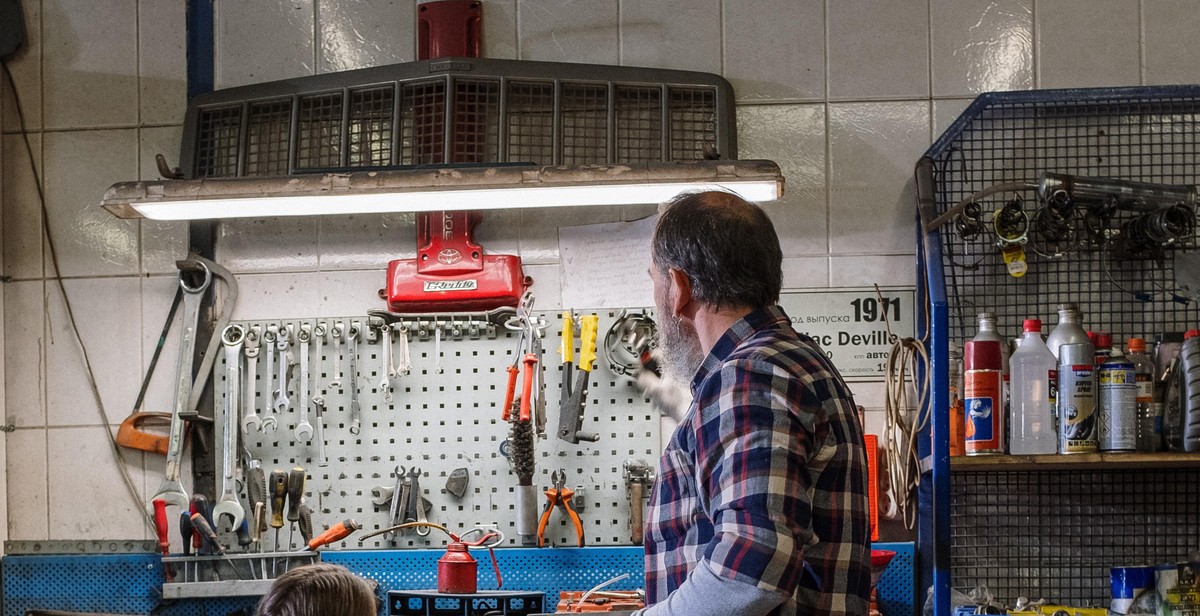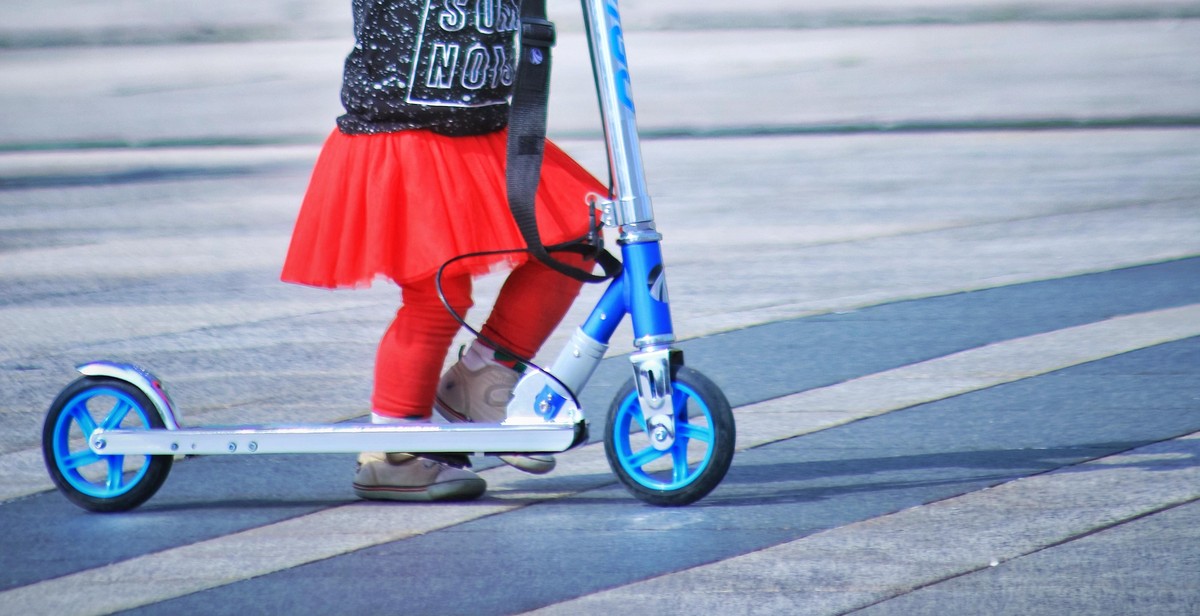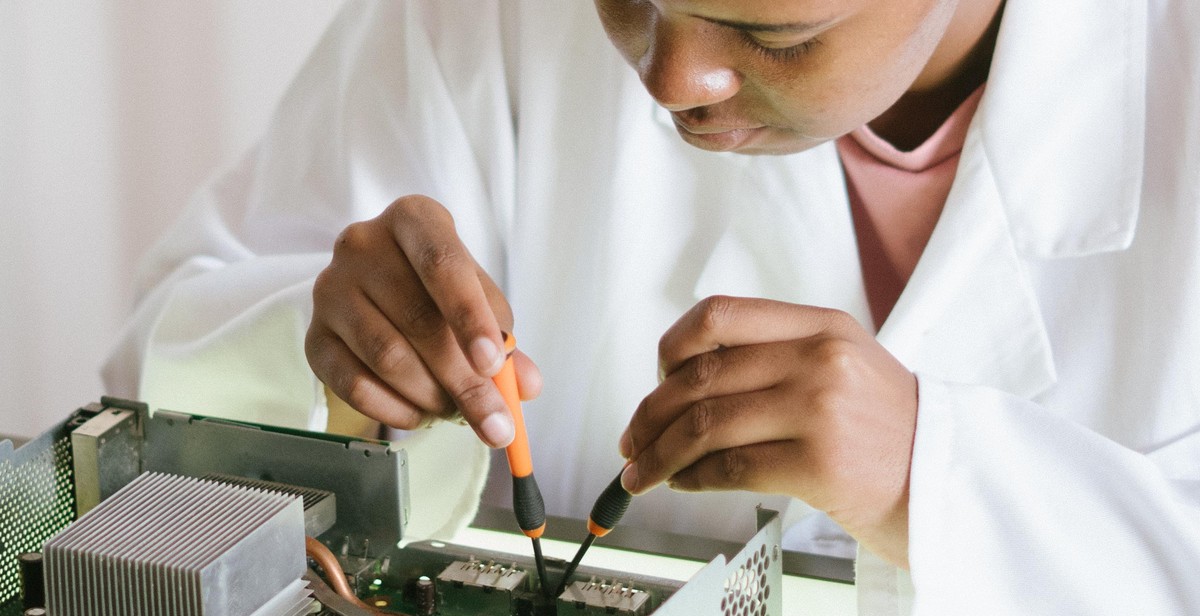How to Fix a Child Safety Lighter: Troubleshooting and Repairing Child-Resistant Lighters
As a parent, safety is always a top priority, and that includes ensuring that your child can’t accidentally start a fire. Child-resistant lighters were created to address this concern, but even these lighters can sometimes malfunction or fail to work properly. Fortunately, there are steps you can take to troubleshoot and repair child safety lighters.
Understanding Child-Resistant Lighters
Child-resistant lighters have been around since the 1950s and are designed to require a specific set of actions in order to ignite the flame. While these lighters are not foolproof, they do provide an added layer of safety when it comes to preventing accidental fires.
Troubleshooting Child Safety Lighters
If you’re having trouble getting your child safety lighter to work, there are a few things you can try before resorting to purchasing a new one. First, make sure that the lighter is properly filled with fuel. If the fuel level is low, the lighter may not work properly. Additionally, check that the ignition mechanism is clean and free of debris.
Repairing Child Safety Lighters
If your child safety lighter is still not working, there are a few repairs you can attempt before giving up on it. These include adjusting the flame height, replacing the flint, and cleaning the ignition mechanism. With a little patience and effort, you can often get your child safety lighter working like new again.
In this article, we’ll take a closer look at these troubleshooting and repair techniques so you can keep your child safety lighter functioning properly and keep your home safe from accidental fires.

Understanding Child-Resistant Lighters
Child-resistant lighters are designed to prevent children from accidentally igniting them. These lighters have a special mechanism that makes it difficult for children to operate them. However, despite their name, child-resistant lighters are not completely childproof. It is still important to keep them out of the reach of children.
How Child-Resistant Lighters Work
Child-resistant lighters work by incorporating a safety mechanism that requires two steps to ignite the flame. The first step is to press down on the ignition button, which releases the fuel. The second step is to ignite the fuel with a separate mechanism, such as a spark wheel or a piezoelectric crystal. This two-step process makes it difficult for children to accidentally ignite the lighter.
Child-resistant lighters are also designed with a mechanism that makes it difficult for children to operate them with small hands. For example, some lighters have a button that is recessed or requires a lot of pressure to push down. Others have a sliding mechanism that requires both hands to operate.
Types of Child-Resistant Lighters
There are several types of child-resistant lighters available on the market. Some of the most common types include:
- Disposable lighters: These lighters are designed for one-time use and are often used for lighting cigarettes or candles. They are inexpensive and easy to find in most convenience stores.
- Refillable lighters: These lighters are designed to be refilled with fuel and used multiple times. They are often used for lighting grills or starting fires.
- Utility lighters: These lighters are designed with a long stem that makes it easy to light hard-to-reach places, such as candles or pilot lights.
Regardless of the type of lighter, it is important to follow proper safety precautions when using them. Always keep lighters out of the reach of children and away from flammable materials.
| Pros | Cons |
|---|---|
| Designed to prevent accidental ignition | Not completely childproof |
| Available in disposable and refillable options | May require more effort to operate |
| Easy to find in most stores | May be more expensive than non-child-resistant lighters |

Common Problems with Child Safety Lighters
1. Lighter Won’t Ignite
One of the most common problems with child safety lighters is that they won’t ignite. This could be due to a number of reasons, including:
- The lighter may be out of fuel. Check the fuel level and refill if necessary.
- The striker may be dirty or clogged. Try cleaning it with a soft-bristled brush or blowing compressed air through it.
- The child safety mechanism may be engaged. Make sure to follow the instructions carefully when using the lighter.
2. Flame is Too Small or Too Large
If you’re having trouble getting the right flame size, there are a few things you can try:
- Adjust the flame height using the control knob. Turn it clockwise to increase the flame and counterclockwise to decrease it.
- Check the fuel level. If the lighter is running low on fuel, the flame may be smaller than usual.
- Make sure the burner is clean and free of debris. Use a soft-bristled brush to remove any dirt or debris that may be blocking the flame.
3. Lighter Won’t Stay Lit
If your child safety lighter won’t stay lit, try these troubleshooting tips:
- Check the fuel level. If the lighter is running low on fuel, it may not stay lit for very long.
- Adjust the flame height using the control knob. If the flame is too small, it may not stay lit.
- Make sure the burner is clean and free of debris. Use a soft-bristled brush to remove any dirt or debris that may be blocking the flame.
4. Gas Leaking from the Lighter
If you notice gas leaking from your child safety lighter, it’s important to address the issue right away. Here’s what you can do:
- Check the fuel level. If the lighter is overfilled, it may leak gas. Remove some of the fuel and try again.
- Make sure the burner is clean and free of debris. A dirty burner can cause gas to leak from the lighter.
- If the problem persists, stop using the lighter and contact the manufacturer for further assistance.
| Problem | Possible Causes | Troubleshooting Tips |
|---|---|---|
| Lighter won’t ignite | Out of fuel, dirty striker, child safety mechanism engaged | Check fuel level, clean striker, follow instructions carefully |
| Flame is too small or too large | Incorrect flame height, low fuel level, dirty burner | Adjust flame height, refill fuel, clean burner |
| Lighter won’t stay lit | Low fuel level, incorrect flame height, dirty burner | Refill fuel, adjust flame height, clean burner |
| Gas leaking from the lighter | Overfilled lighter, dirty burner | Remove fuel, clean burner, contact manufacturer if problem persists |

Troubleshooting Child Safety Lighters
If you have a child safety lighter that is not working properly, there are several troubleshooting steps you can take to identify and fix the issue. Here are some common problems and solutions:
Checking the Fuel Level
The first step in troubleshooting a child safety lighter is to check the fuel level. If the lighter is out of fuel, it will not work. To check the fuel level, remove the child safety lock and hold the lighter upright. Look at the fuel level indicator on the side of the lighter. If the fuel level is low or empty, refill the lighter with butane.
Inspecting the Ignition Mechanism
If the fuel level is not the issue, the next step is to inspect the ignition mechanism. Make sure that the ignition button is not stuck or jammed. If it is, try pushing it in and out a few times to see if it will loosen up. You can also try cleaning the ignition mechanism with a cotton swab and rubbing alcohol to remove any dirt or debris that may be causing the issue.
Adjusting the Flame Height
If the lighter is still not working, you may need to adjust the flame height. To do this, turn the flame adjuster wheel on the bottom of the lighter. Turn it clockwise to increase the flame height or counterclockwise to decrease the flame height. Make sure that the flame is not too high or too low, as this can cause the lighter to malfunction.
If none of these troubleshooting steps solve the issue, it may be time to replace the child safety lighter. Remember, child safety lighters are designed to prevent accidental ignition by children, so it is important to always use a child safety lighter if you have young children in your home.

Repairing Child Safety Lighters
Child safety lighters are designed to prevent accidental ignition by children. However, like any other device, they can malfunction and require repairs. Here are some troubleshooting tips for repairing child safety lighters.
Replacing the Flint
The flint is a small piece of metal that creates a spark when struck against the ignition wheel. Over time, the flint can wear down and need replacement. To replace the flint:
- Remove the metal cover that protects the flint.
- Use a pair of pliers to remove the old flint from the lighter.
- Insert a new flint into the lighter and replace the metal cover.
Cleaning the Ignition Mechanism
The ignition mechanism can become clogged with debris and prevent the lighter from working correctly. To clean the ignition mechanism:
- Remove the metal cover that protects the ignition mechanism.
- Use a toothbrush or a small brush to remove any debris from the ignition wheel and surrounding area.
- Replace the metal cover.
Refilling the Fuel Tank
Child safety lighters are refillable and require lighter fluid to function. To refill the fuel tank:
- Hold the lighter upside down and remove the metal cover that protects the fuel tank.
- Insert the nozzle of the lighter fluid can into the fuel tank valve and press down for a few seconds.
- Replace the metal cover and wipe off any excess fluid.
By following these simple steps, you can troubleshoot and repair most issues with child safety lighters. However, if the lighter still does not work after these repairs, it may be time to replace it with a new one.

Conclusion
Child safety lighters are an essential tool for any household with children. However, they can sometimes malfunction, and it is essential to know how to troubleshoot and repair them before throwing them away. With the right tools and knowledge, fixing a child-resistant lighter can be a simple and cost-effective process.
Summary of Steps
- Step 1: Check the fuel level and adjust the flame height
- Step 2: Clean the ignition mechanism and replace the flint
- Step 3: Adjust the safety mechanism and test the lighter
It is crucial to remember that child safety lighters are designed to prevent accidental ignition and should not be tampered with or modified in any way. If you are unsure about how to fix a lighter, it is best to seek professional help.
Final Thoughts
As a professional article writer and content creator with years of experience, I have seen how simple fixes can save money and prevent waste. Fixing a child-resistant lighter is no exception. With the right tools and knowledge, you can troubleshoot and repair a lighter in no time, ensuring that it remains a safe and reliable tool in your home.
| Author: | Your Name |
| Date: | Current Date |
